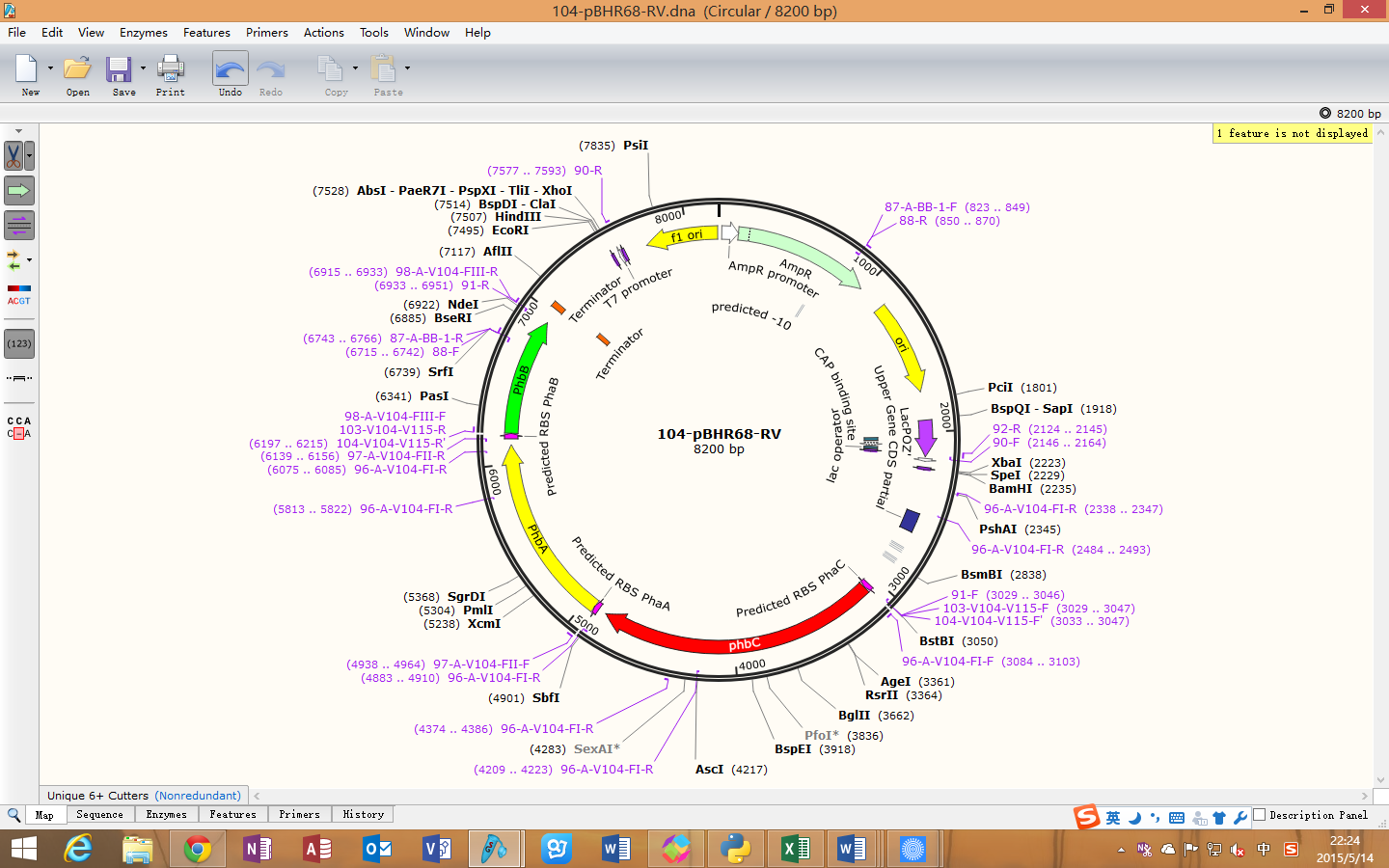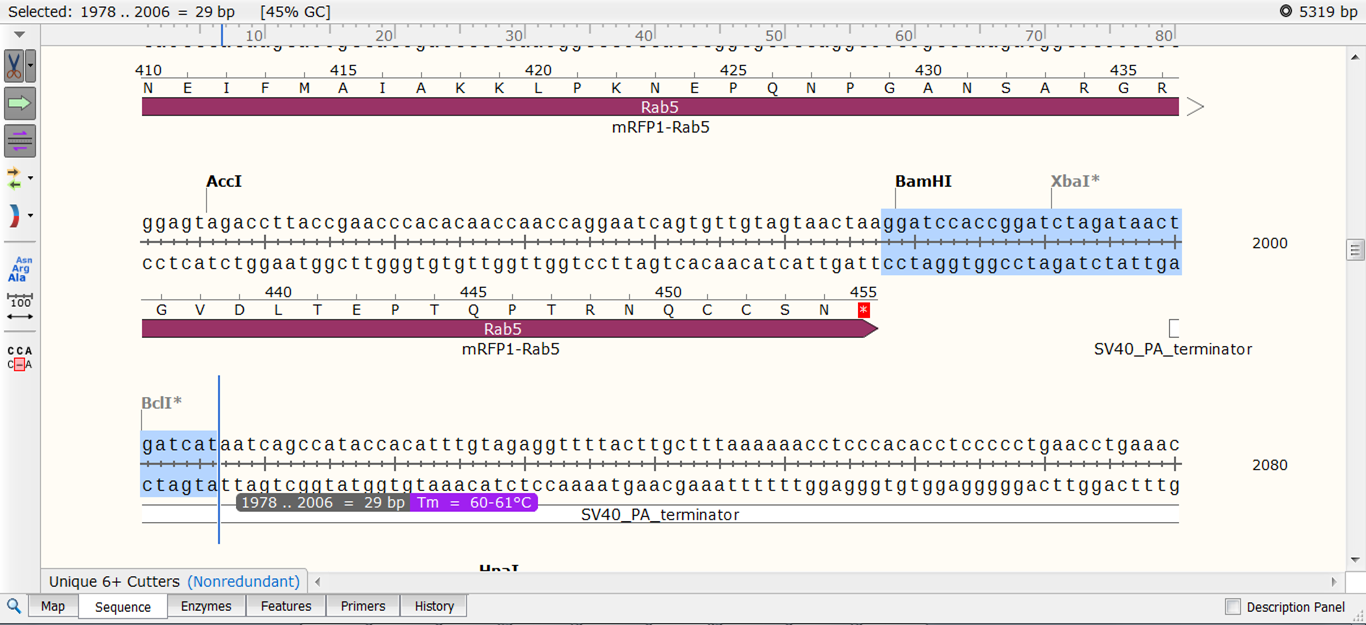


The results show the specific detection of Ruegeria spp. genome in environmental DNA prepared from seawater, in addition to a mixture of genomic DNA as a model. Here, we demonstrate the successful detection of the Ruegeria spp. We screened candidate primers both in silico and in vitro to obtain two primer sets that can detect certain strains of Ruegeria spp. In the current study, we thus designed novel primer sets for easy and quick detection of Ruegeria spp. in marine ecosystems, it is important to develop easy methods for detecting their presence. showing antibiotic activities against the coral pathogen V. Previously, we isolated four strains of Ruegeria spp. It has been reported that corals are associated with a variety of antibiotic-producing bacteria. However, the exact type of bacteria or the composition of bacterial cocktails that is effective for protecting corals remains unclear. It would be beneficial if we could predict the risk of bacterial bleaching or evoking disease by monitoring the existence of coral-protective bacteria. Recently, Rosado and colleagues showed that treatment by a certain bacterial cocktail can prevent corals from undergoing environmental bleaching under higher temperatures. It has been proposed that some coral-associated bacteria, or coral microbiota, are responsible for protecting corals against environmental or pathogenic bleaching. While methods for detecting coral pathogens have been extensively studied, it remains unclear how other coral-associated bacteria are distributed in seawater. It is expected that the distribution of microbes and its association with disease can be investigated using this method. Conventional reagents are used for extraction of the bacterial genome, with slight modification of the procedure enabling the maximum yield to be obtained. Seawater is usually filtrated with a membrane or cartridge and genomic DNA is extracted from the trapped bacteria. Although PCR-based methods show relatively low specificity, they are the cheapest and easiest option to run many samples and can be considered as the first choice.įor the detection of bacteria in seawater, environmental DNA analysis is often employed. These methods include PCR amplification-based ones and those that do not require amplification. So, far, several methods for the specific detection of V. coralliilyticus, in the environment have been extensively studied. Since coral-associated bacteria can be obtained from seawater, methods for easily detecting coral pathogens, especially the major pathogen V. Increased seawater temperatures also change the coral microbiota and increase the abundance of pathogens, including Vibrio coralliilyticus, which can cause bacterial bleaching triggered by pathogens. Coral-associated bacteria usually vary depending on the host and season. Around 1,000 different species of coral-associated bacteria have been identified, which are sometimes present at over 10,000 distinct bacterial operational taxonomic units per colony, which are thought to be acquired through seawater. Corals are organisms that sustain biological diversity, including their associated bacteria, in the sea.


 0 kommentar(er)
0 kommentar(er)
